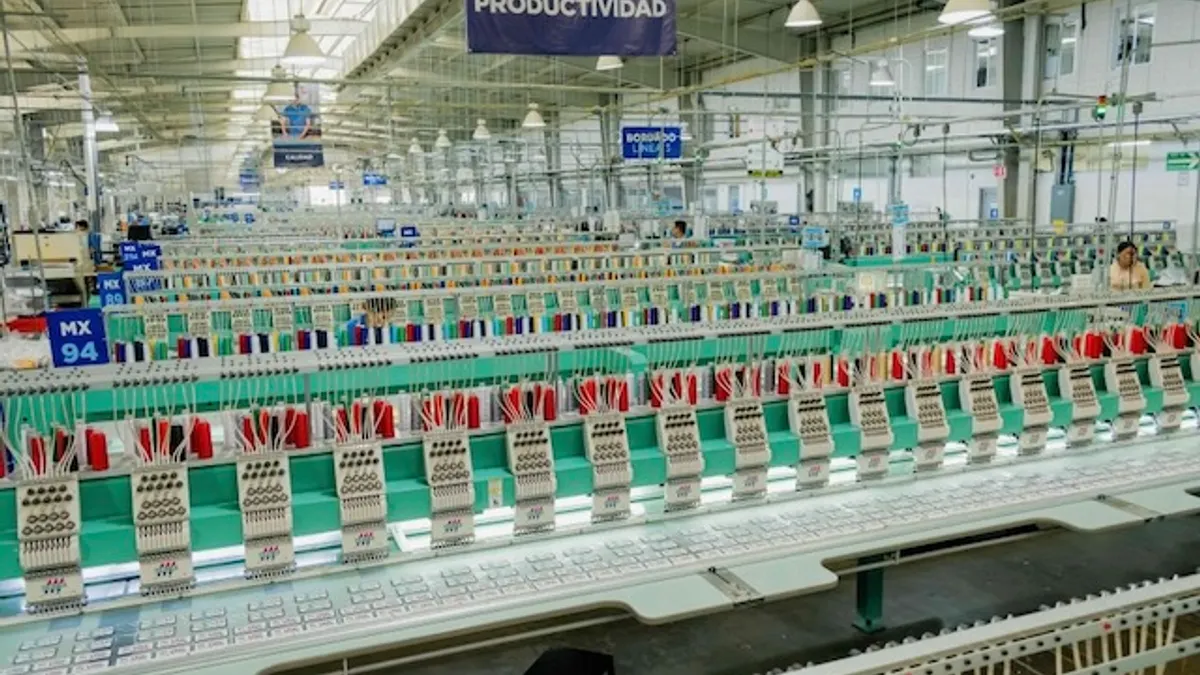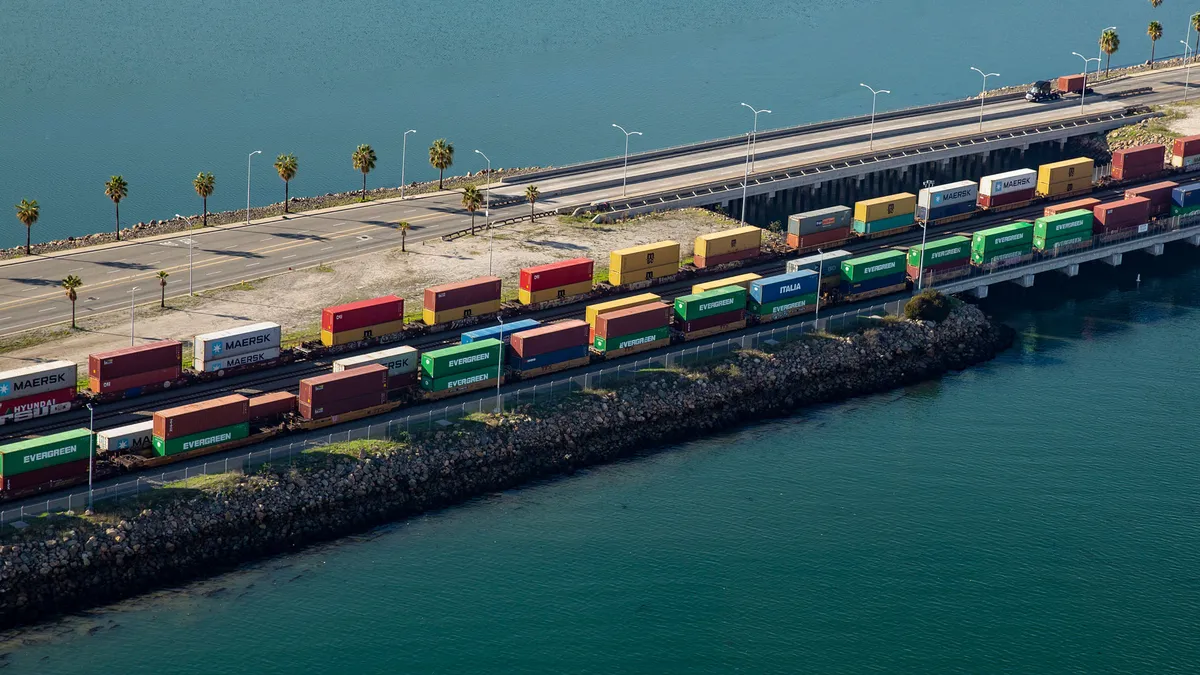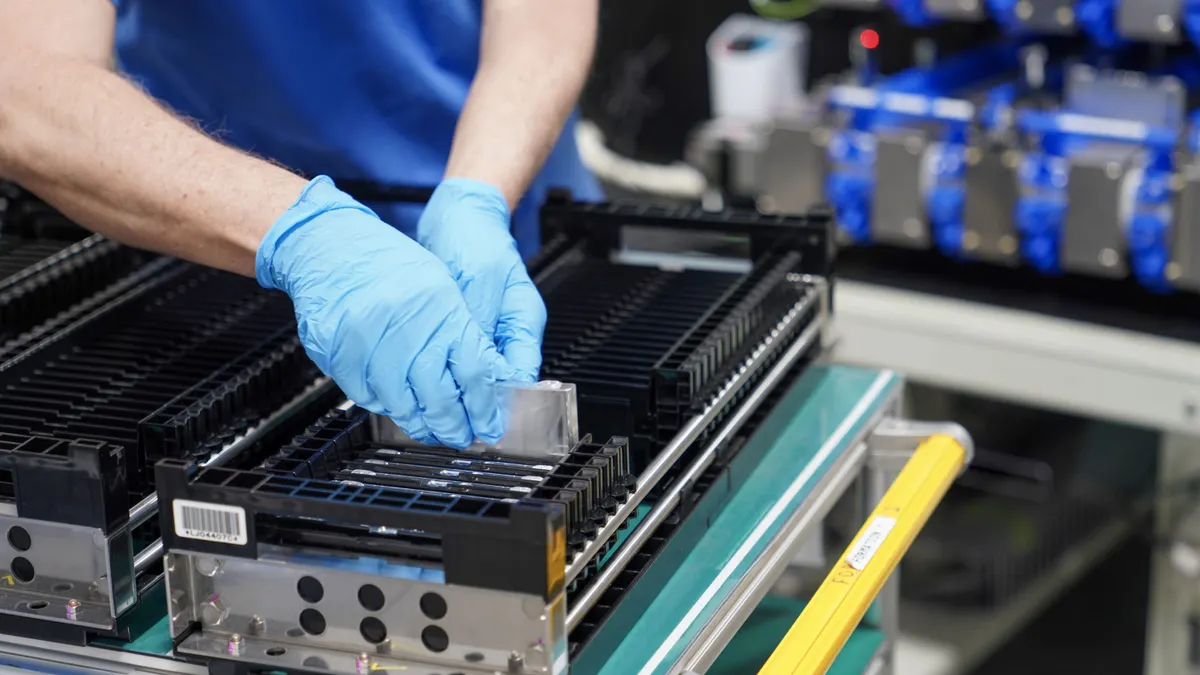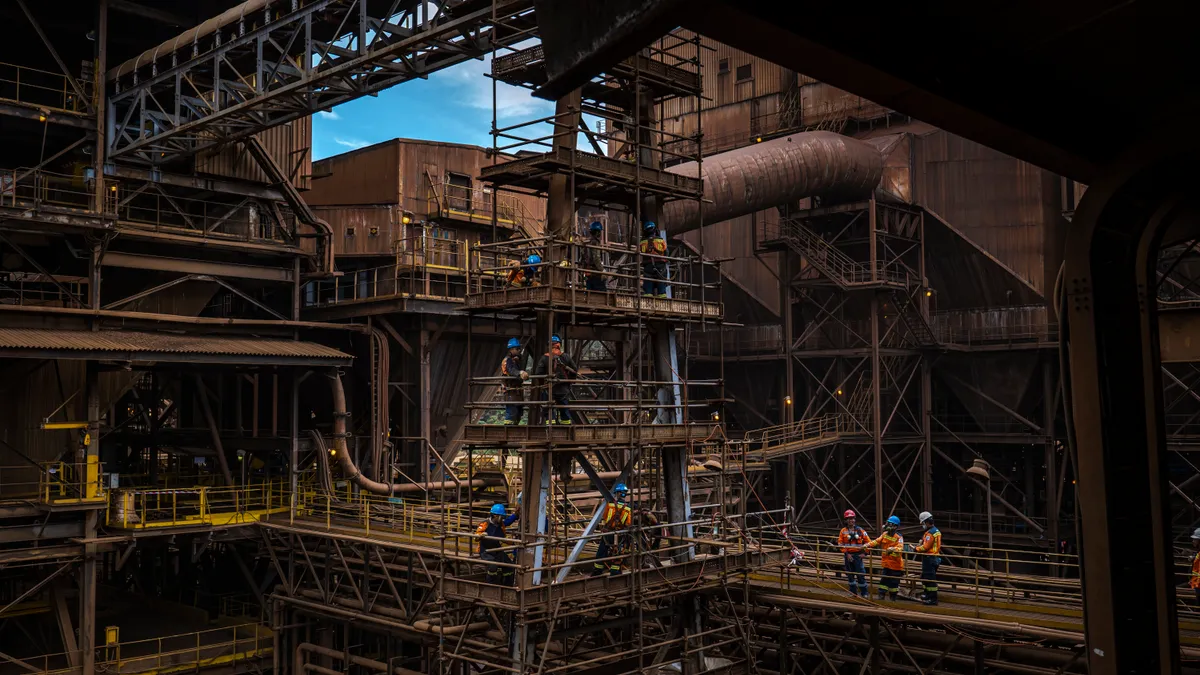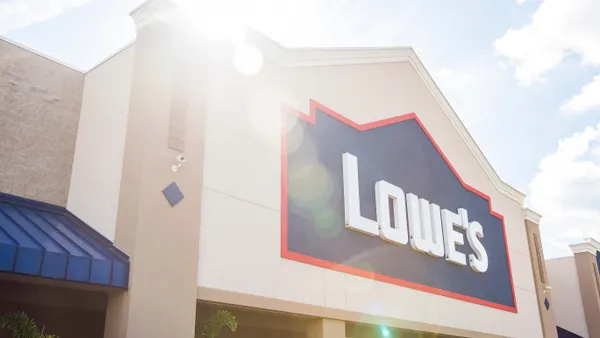More than half of manufacturers said COVID-19 will impact their operations, according to a recent survey by PwC. Over 40% were concerned about effects on their workforce and a reduction in productivity. Many are now looking to robotics to augment locked down employees, support health and safety measures, and, in some cases, tap new opportunities or salvage their operations.
Major manufacturers, such as GE, Honda, Ford and General Motors, have temporarily shuttered their plants to help protect employees. Smithfield Foods closed three of its plants after more than 500 workers tested positive for the coronavirus. While many believe the pandemic is temporary, manufacturers are taking a greater look at automation to maintain operations.
"Given the current operating constraints many manufacturers face, it is likely that automation will become even more important," Paul Wellener, vice chairman at Deloitte and the leader of its U.S Industrial Products and Construction consulting practice, told Supply Chain Dive. "The key will be for manufacturing leaders to launch coordinated efforts that quickly move from pilot to production."
Robots to the rescue?
While manufacturers have been dealing with labor pressures for years, the COVID-19 pandemic has only compounded the problem, Wellener said. Plant shutdowns have rippled through the industry, impacting everything from food processing to automotive plants. Many have looked to business continuity plans and have responded by staggering shifts, changing line layouts, adjusting material flows and alternating employee breaks to maintain social distancing.
As the shift to automation and robots has been a growing trend in the sector, it’s likely to become an important part of the recovery phase during COVID-19, Carl Vause, CEO of Soft Robotics, told Supply Chain Dive. Soft Robotics, which makes grippers for robots that are used in manufacturing operations, has seen a spike in interest in recent weeks.
"I am hearing from my peers in mobile robot stations that they’re seeing huge demand from their current customers," Vause said. "Many are taking a hard look at their supply chains and [are] now accelerating the adoption of robotics."
In the short term, many manufacturers have been looking for solutions that support social distancing and put greater space between humans on the factory floor, Melonee Wise, CEO of Fetch Robotics, told Supply Chain Dive. One common strategy has been to increase the number of shifts with cleaning periods between each one. Others have restructured their material flow process so they can increase social distancing.
Use of robotic process automation (RPA) is also rapidly increasing in many operational areas of manufacturing such as finance and customer service, Wellener said. "New tools for social distancing are being implemented. They’re utilizing smart phones or dedicated devices to support tracking, and drones are being used to give remote visibility into operating environments," he said.
Robots can help maintain social distancing by transporting materials between humans to reduce contact. They can also add a greater level of flexibility to manage workflows and labor, gaining a productivity boost with smaller staffing and continuity to maintain throughput in the midst of the pandemic.
"There’s growing interest in deploying robots and trying to gain some flexibility in their systems," Wise said. "It gives them more options to manage workflows."
The speed and ability to add robots to a production line to meet physical distancing guidelines will depend on the type of human tasks involved, Wellener said. Whereas material transport robots like the Fetch Robotics HMIShelf can be deployed in a day, large traditional manufacturing robots can have long deployment periods. The increased demands on the industry have created a sense of urgency to accelerate the process and make them operational.
"Naturally, worker safety comes first, so manufacturers that have already run the learning curve for adding industrial robots are able to move more quickly here to increase their robot capacity," Wellener said.
Social distancing and reducing infection risk
Some manufacturers are deploying robotics for the first time to supplement their loss of labor, because it’s the only way they can meet demand. In late-March, Fetch deployed robotics at a large cat food manufacturer and distributor because they couldn’t keep up with the demand. Fetch has deployed six new systems in recent weeks at manufacturing plants around the United States, Wise said.
"Before COVID-19, the robots were doing the really long trips and people were doing the short trips between each other. But now robots are doing all the trips to help increase the distance between people, to reduce the risk of contamination," she said.
Fetch’s aluminum car robots can be easily washed down and decontaminated after each shift, Wise said. Fetch has also received inbound inquiries from partners to create decontamination robots, as companies in many sectors are looking for small autonomous vehicles to clean and sanitize their work environment.
As the economic and social effects are expected to last long after the primary health concerns have been abated, manufacturers are likely to continue reshoring their supply chains and operations, Patrick Sobalvarro, CEO of Veo Robotics, told Supply Chain Dive. Veo makes a computer vision and 3D sensing control system that enables robotic arms to operate more precisely and safely near humans. The company has seen a rise in demand as manufacturers consider not only their short-term challenges but re-evaluate the uncovered weaknesses in their material and human supply chains.
"People are suddenly seeking more flexibility with their manufacturing and in their supply chain. They’re unable to adapt and they’re looking for diversification where robots will play a big part in that," Sobalvarro said.
Wise noted that while many manufacturers are freezing budgets, automation is the one place where they are often increasing spend.
A forthcoming recession is also likely to increase the demand for labor-replacing automation, Mark Muro, senior fellow and policy director of the Metropolitan Policy Program at the Brookings Institute, wrote at the end of March. Adoption of robotics doesn’t typically happen at a steady pace but instead in "bursts," especially in bad times such as in the wake of economic shocks when human labor becomes relatively more expensive as revenues decline.
"At these moments, employers shed less-skilled workers and replace them with technology and higher-skilled workers, which increases labor productivity as a recession tapers off," Muro said.
This story was first published in our weekly newsletter, Supply Chain Dive: Operations. Sign up here.
A previous version of this article incorrectly identified CEO of Fetch Robotics Melonee Wise.









